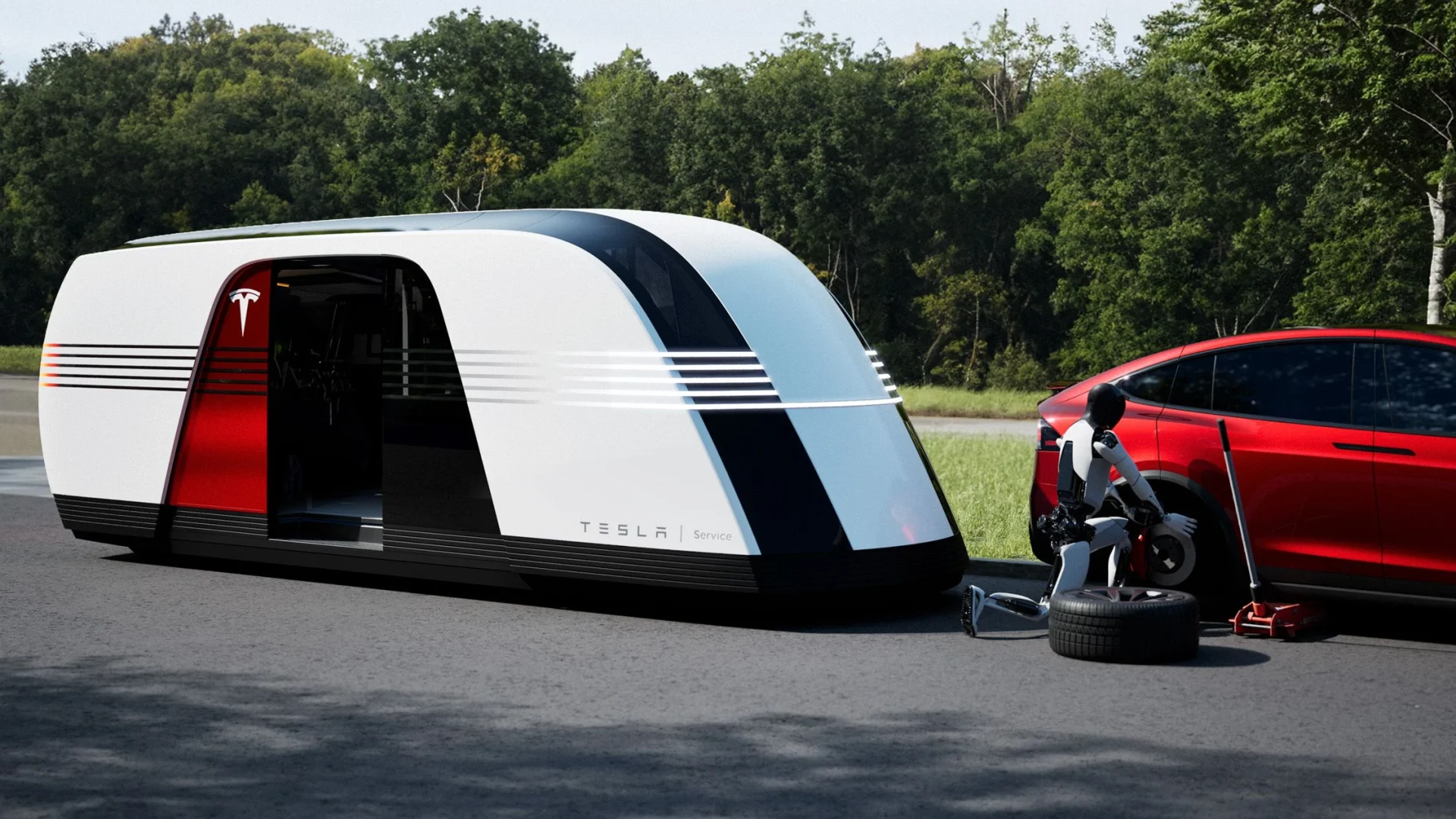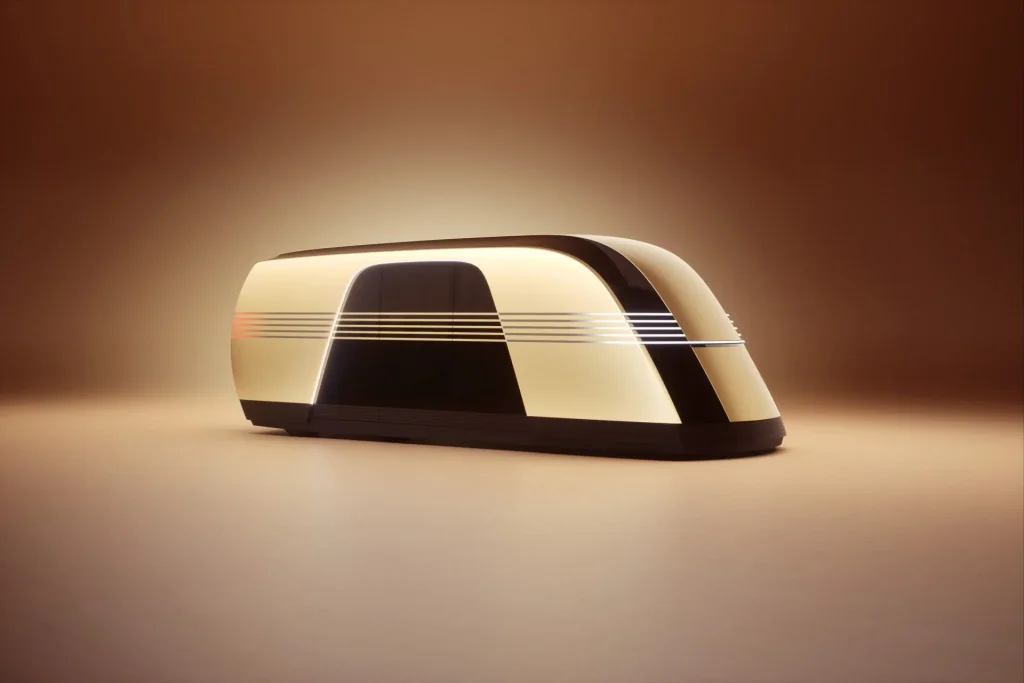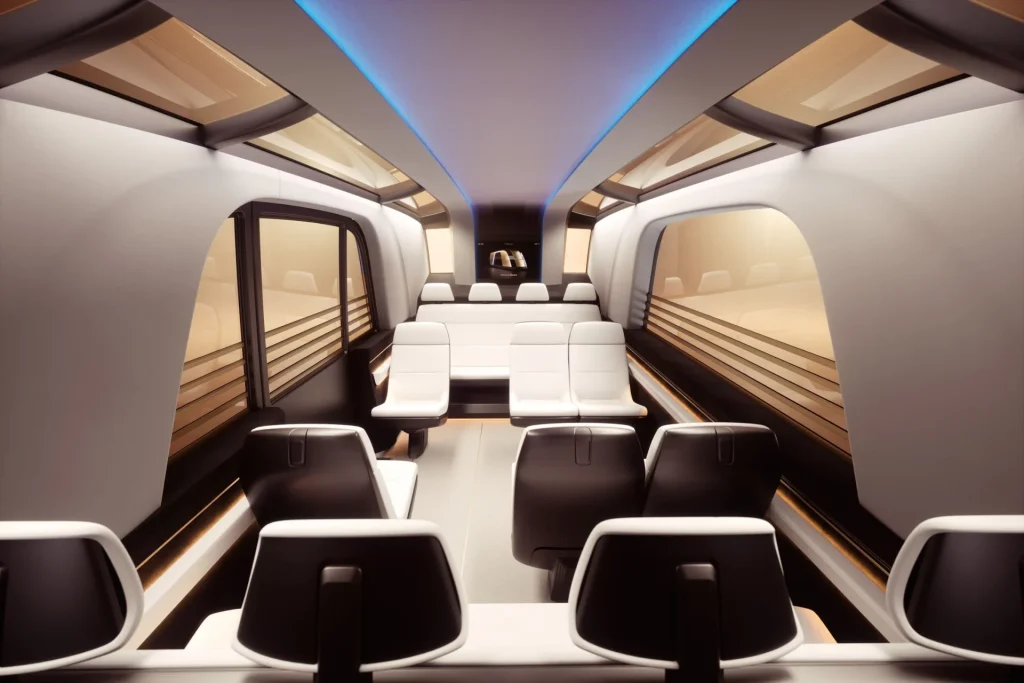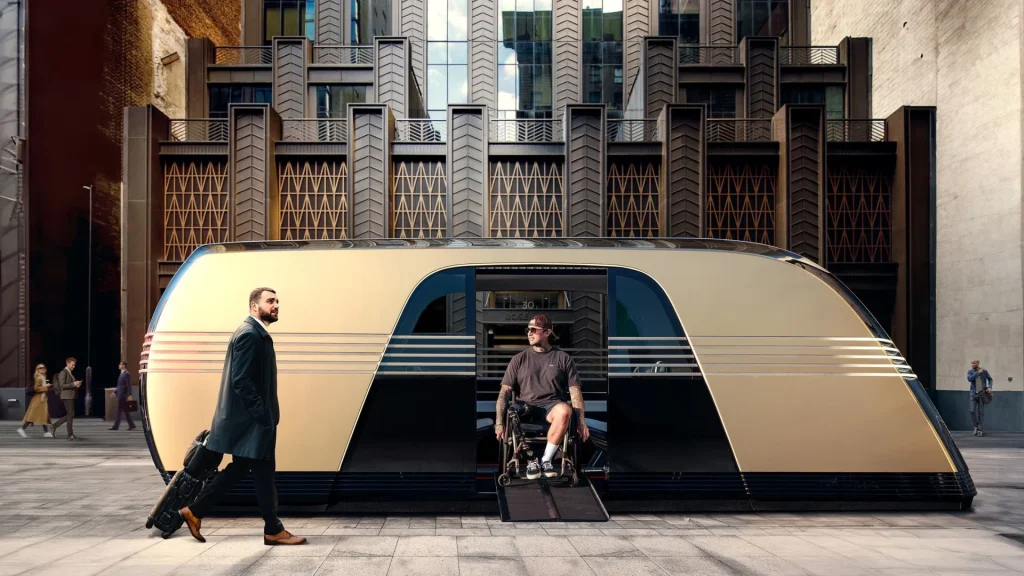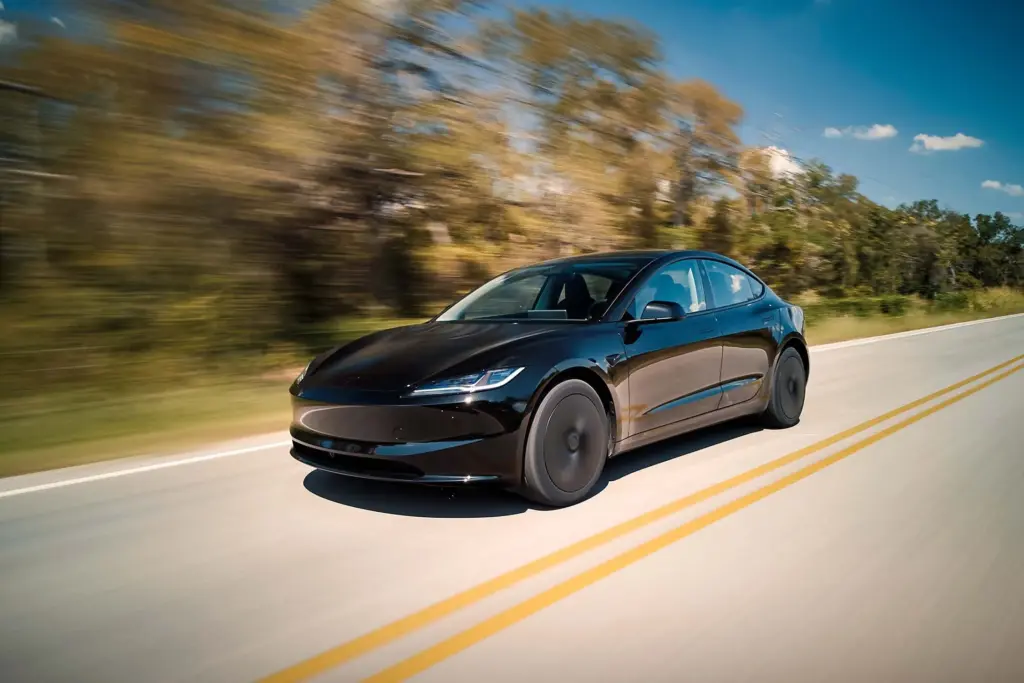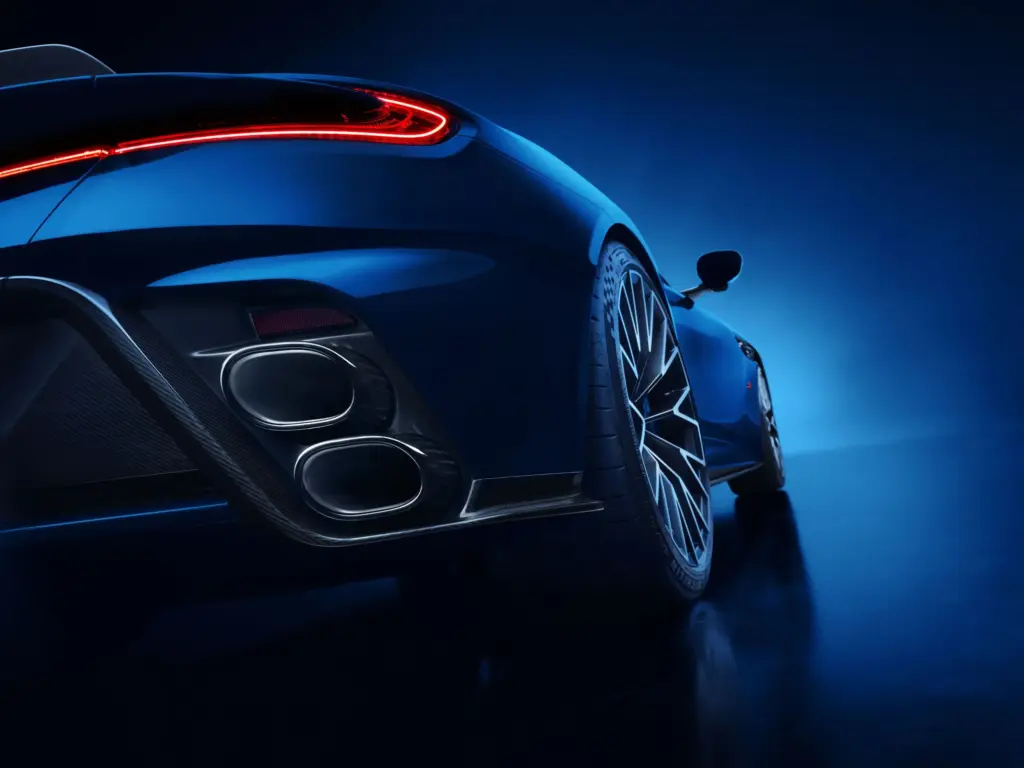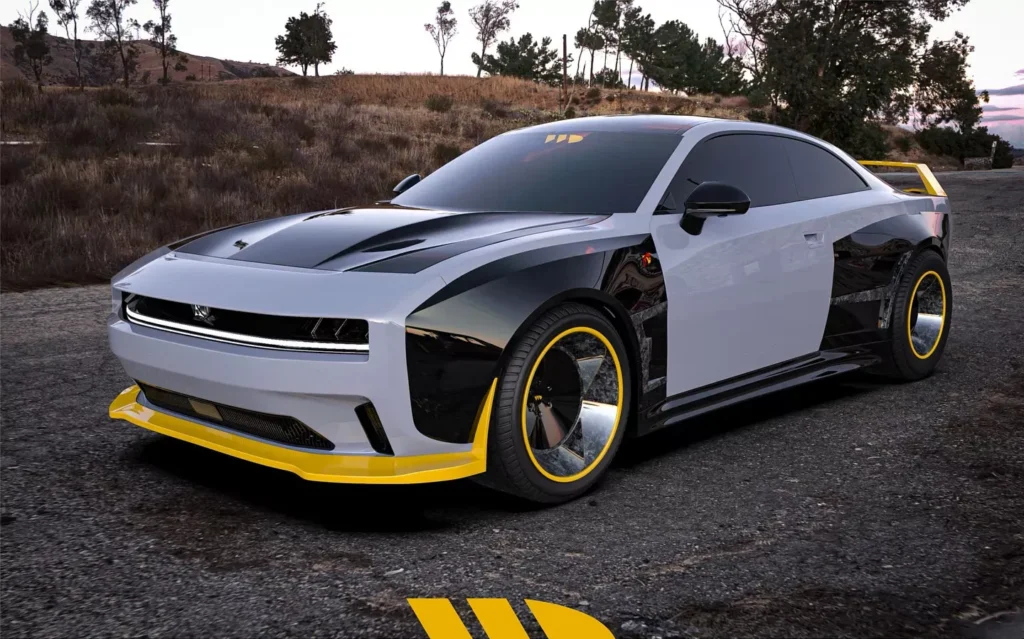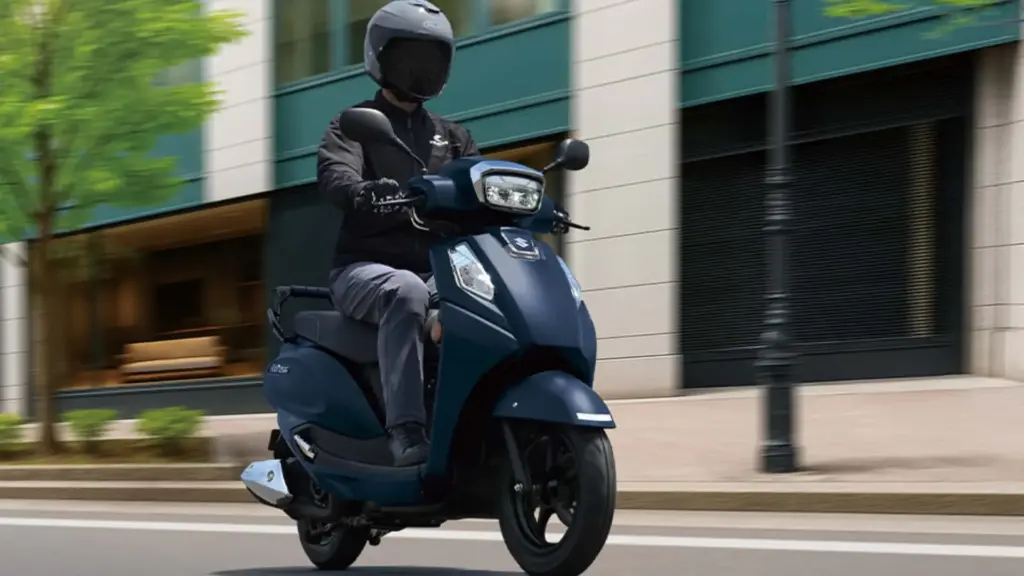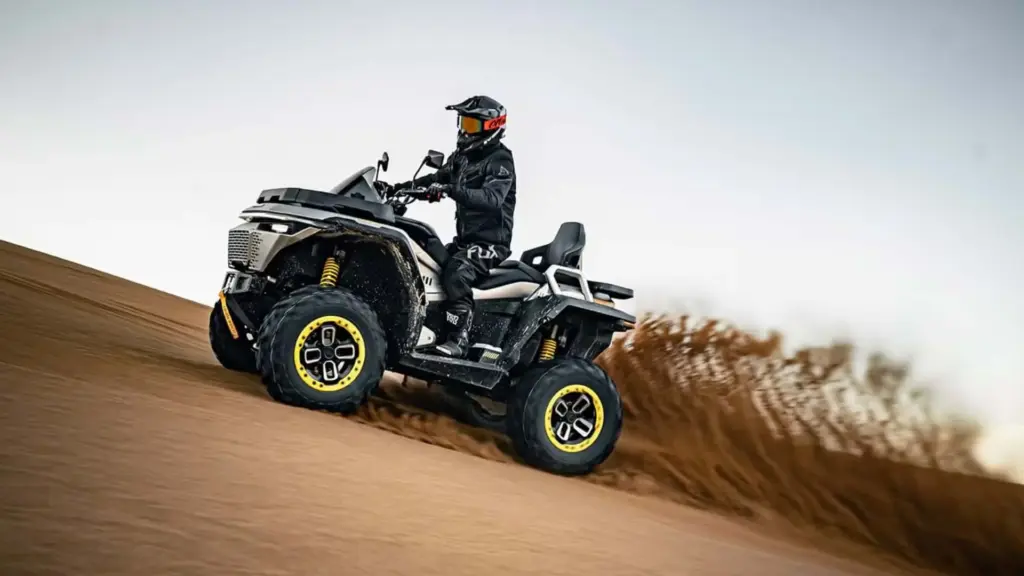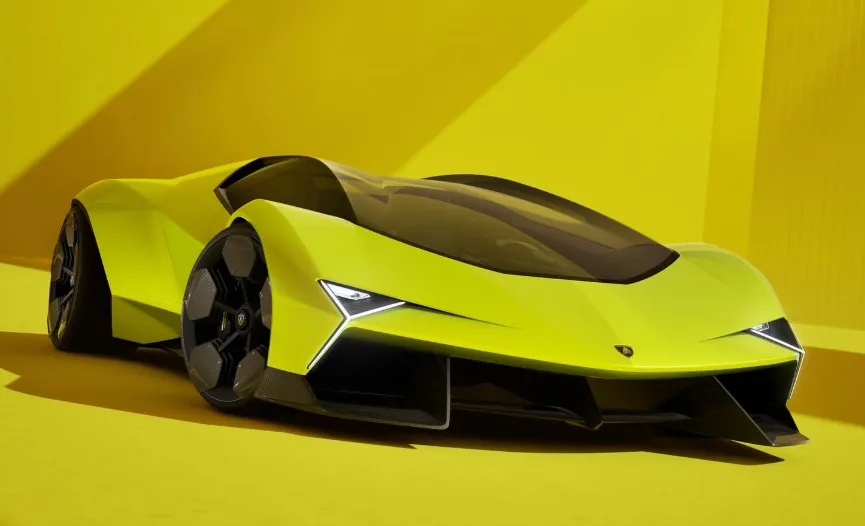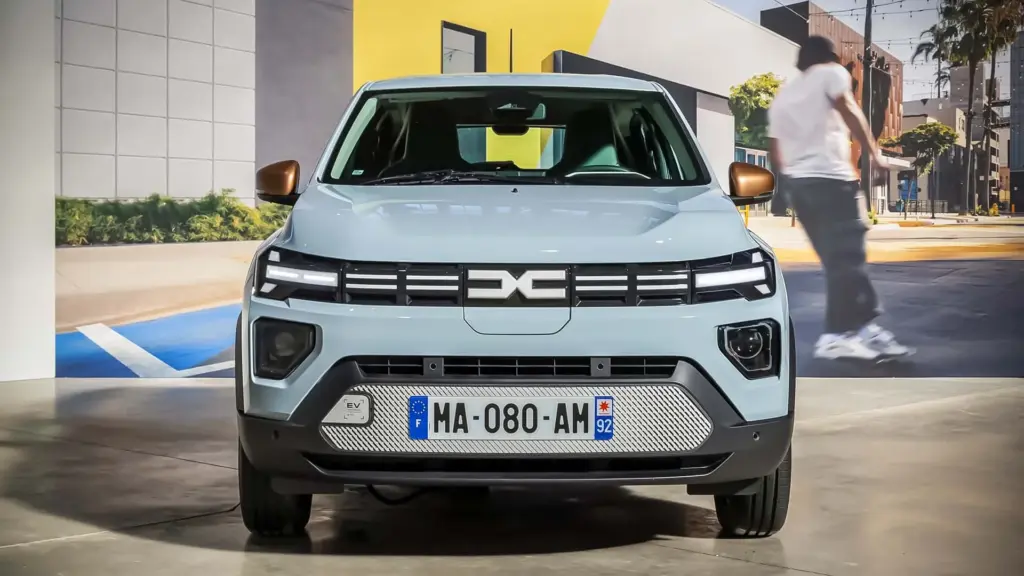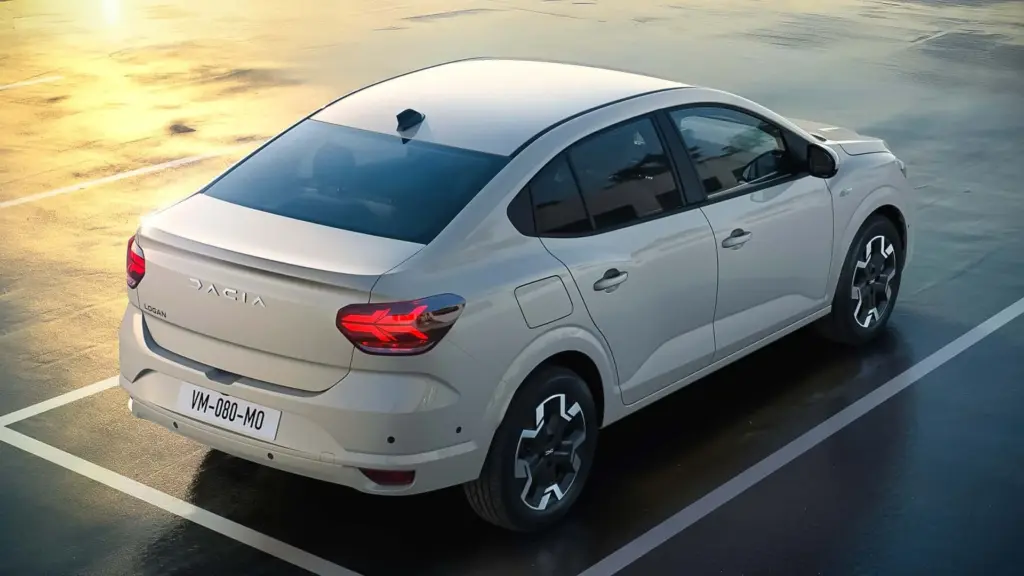When Tesla unveiled its Robovan, there was enormous anticipation surrounding this innovation that promises to completely revolutionize urban mobility. The event featured a select group of guests, and Elon Musk didn’t hold back in his statements, declaring that this vehicle represented a giant leap towards an autonomous future. Now, with a design reminiscent of both vintage trains and a minibus, the Robovan can transport up to 20 people, and it is set to change the way we move around in cities.
In this context, the Robovan brings several innovative features that align with Tesla’s goal of making transportation more efficient and accessible. The idea is that, without a steering wheel or even pedals, the Robovan functions as a high-tech waiting room – something that seems much more comfortable than many public transport options we know. This combination of comfort and high technology is one of the characteristics that could attract the attention of the modern consumer, who is not just looking for a means of transport but rather a unique travel experience.
In addition to being a vehicle designed for passenger transport, there is also the possibility of configuring the Robovan for cargo transport. In other words, it is not limited to a single use, which broadens its applications in the market. Although the details regarding production and cost have not been clearly defined, it is already evident that this new project is just a part of what we can expect from Tesla in the coming years.
Tesla Robovan: The Future of Autonomous Transport
Talking a bit more about the Robovan itself, one of the most striking features of this machine is its structure without a steering wheel. That’s right! The proposal for a self-driving vehicle means that passengers can enjoy the ride, whether holding a meeting, watching a movie, or simply relaxing. The idea of not having to worry about driving is undoubtedly a welcome change for those living in large cities.
The internal configuration really resembles a waiting room, with seats facing each other and large screens mounted on the walls. All of this is designed to enhance the user experience, making it more comfortable and interactive. When we think about the daily commute, having an environment like this, which is clearly designed with great attention to detail, can change the way we use public and private transport.
For now, there is an expectation that the Robovan will go into production in the coming years, possibly in 2027. Considering the conversation Elon had, the hope is that, just like the Robotaxi and other Tesla projects, the assembly of the Robovan takes into account not only aesthetic appeal but also functionality and, of course, the environmental concerns that are increasingly relevant in today’s scenario.
Robovan or Robobus? Understand the Differences
Here comes an interesting question: although the name is Robovan, this model has many similarities to a bus or even a train. The aesthetic is a worthy invitation for a comparison with classic transport, but the big innovation here is indeed the absence of a steering wheel and pedals. No one needs to drive anymore! And this opens up a range of possibilities that many people haven’t yet considered.
Inside the Robovan, the environment is designed to be welcoming. The lights, which help create a cozy and relaxing atmosphere, make a big difference in the user experience. Just imagine: your transport transforms into a space where you can work, relax, or even interact with others. This is a game-changer, without a doubt! You know that common notion that public transport is not pleasant? With the Robovan, Tesla promises to change that perception.
In the end, while we don’t have a definitive price or multiple details about specifications, we can see the importance of this project not only for Tesla but also for how society can adapt its mobility needs. The future may surprise us, and the Robovan is certainly a machine worth keeping an eye on.
Source: Car and Driver
Photos of the Tesla Robovan
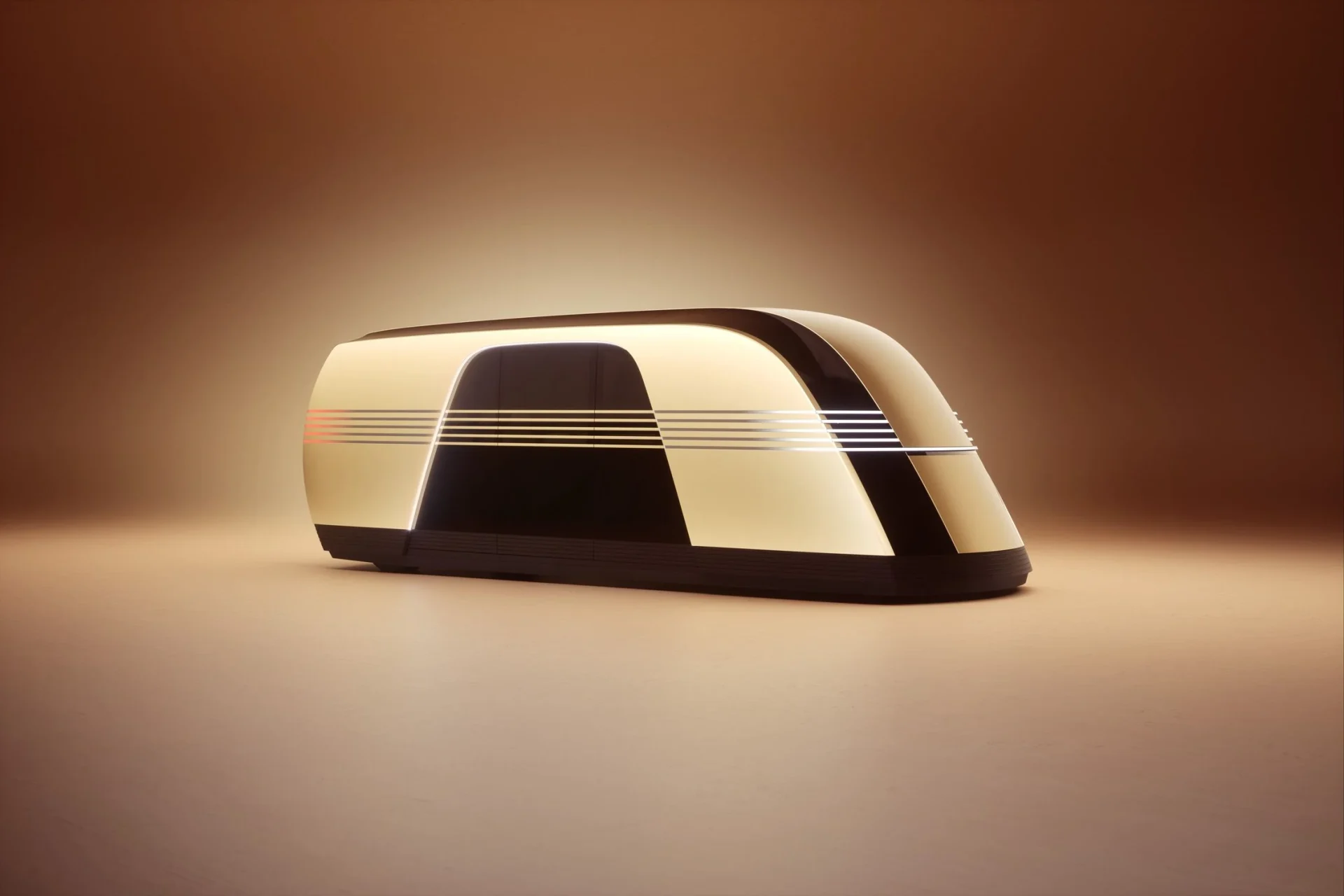
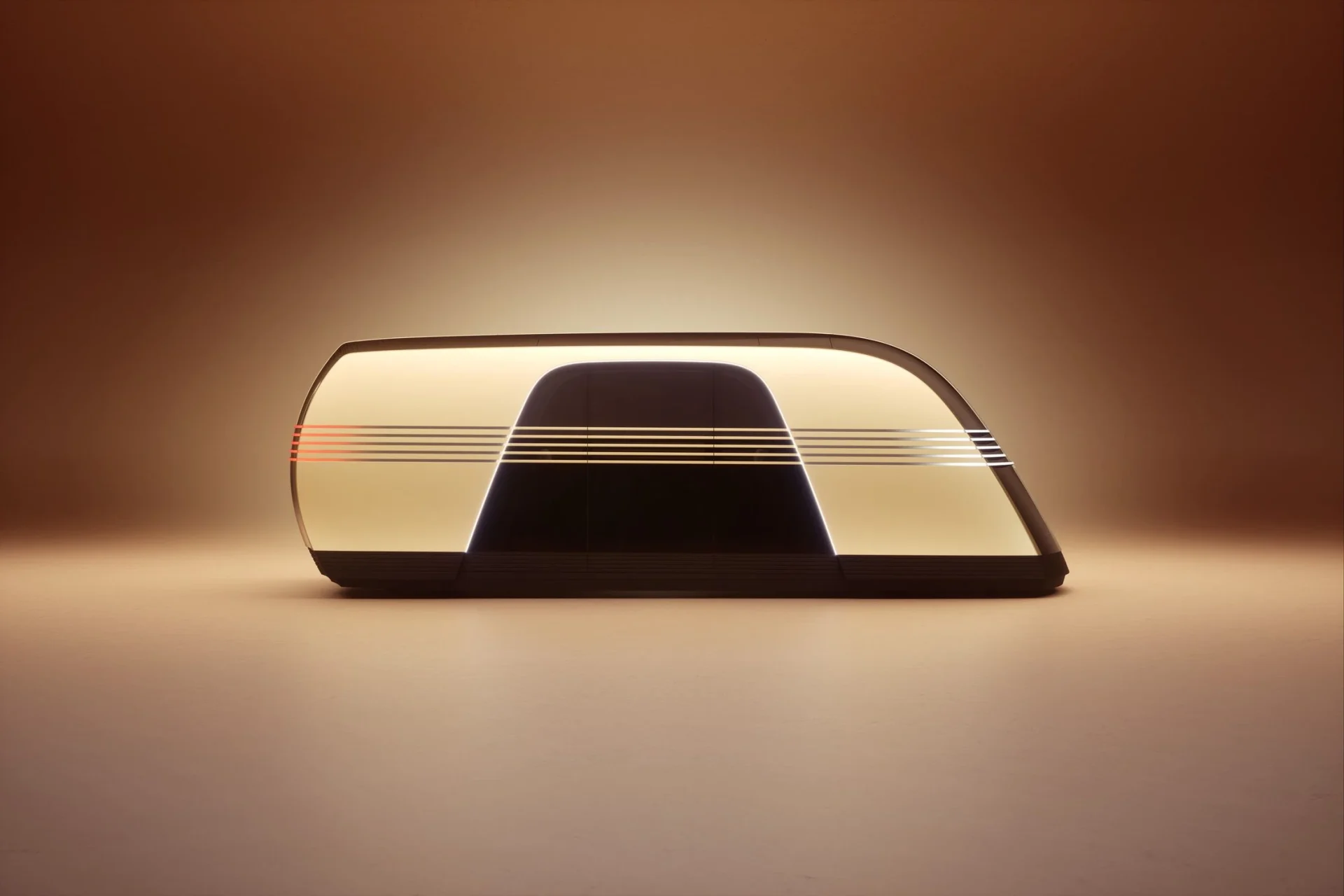
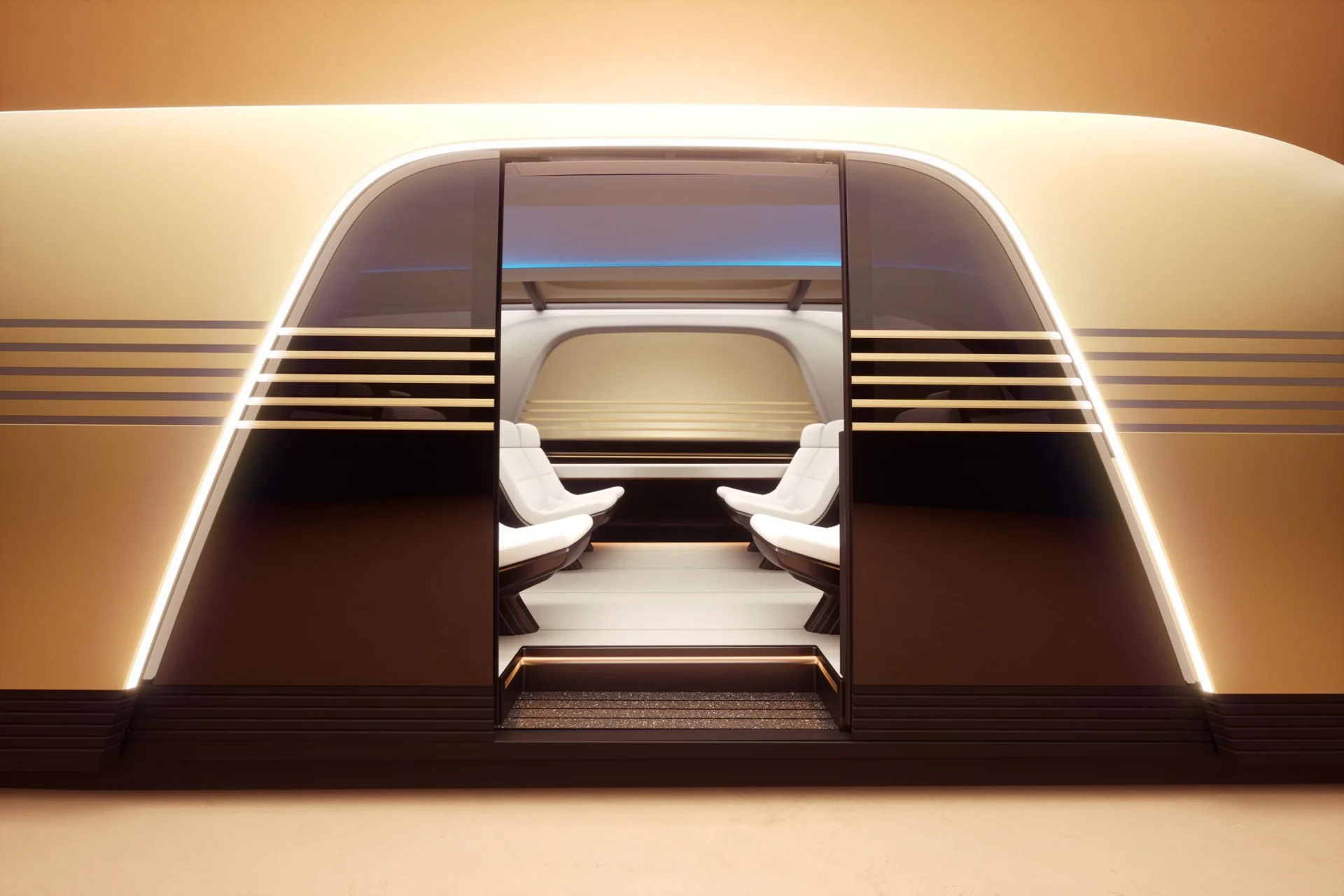
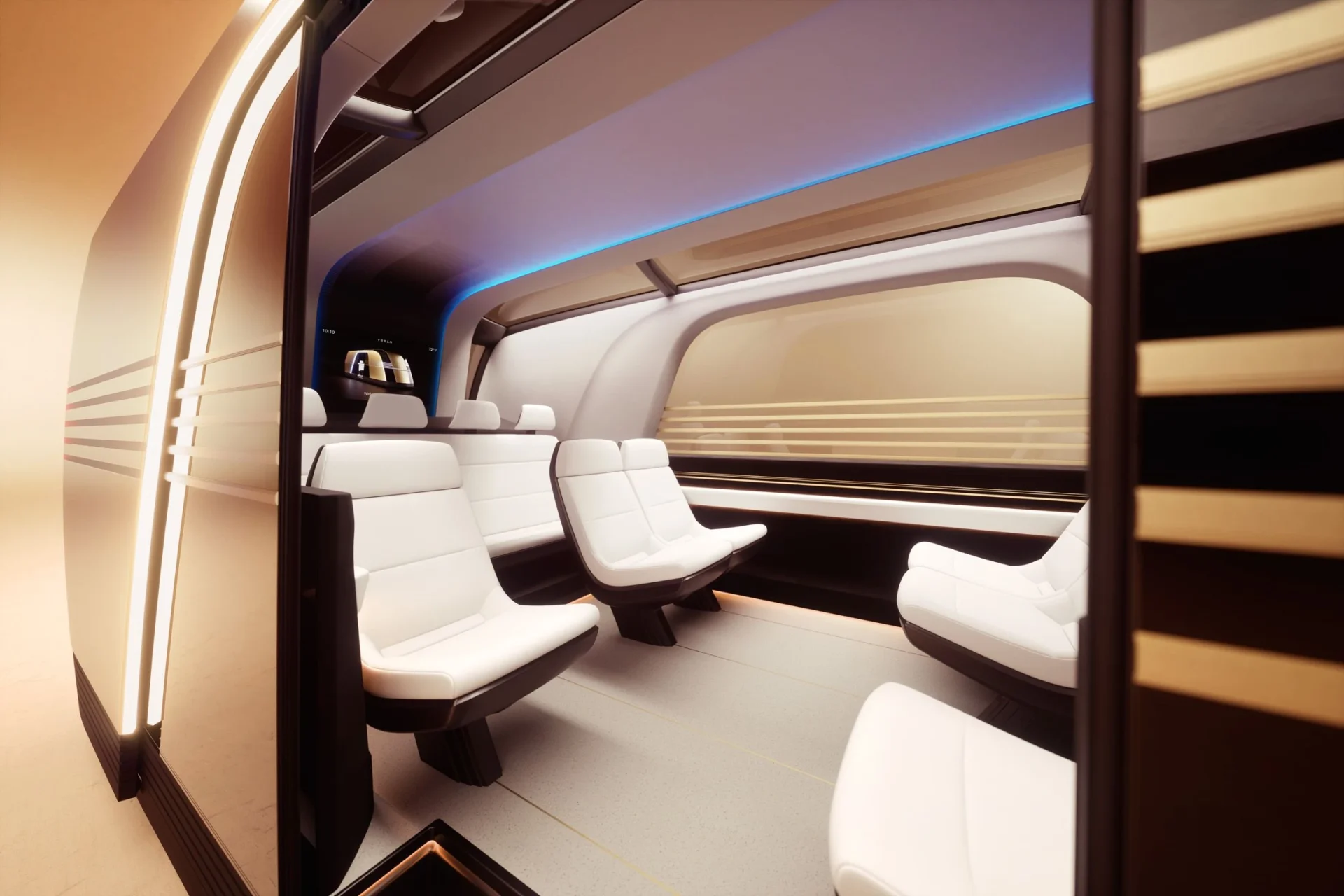
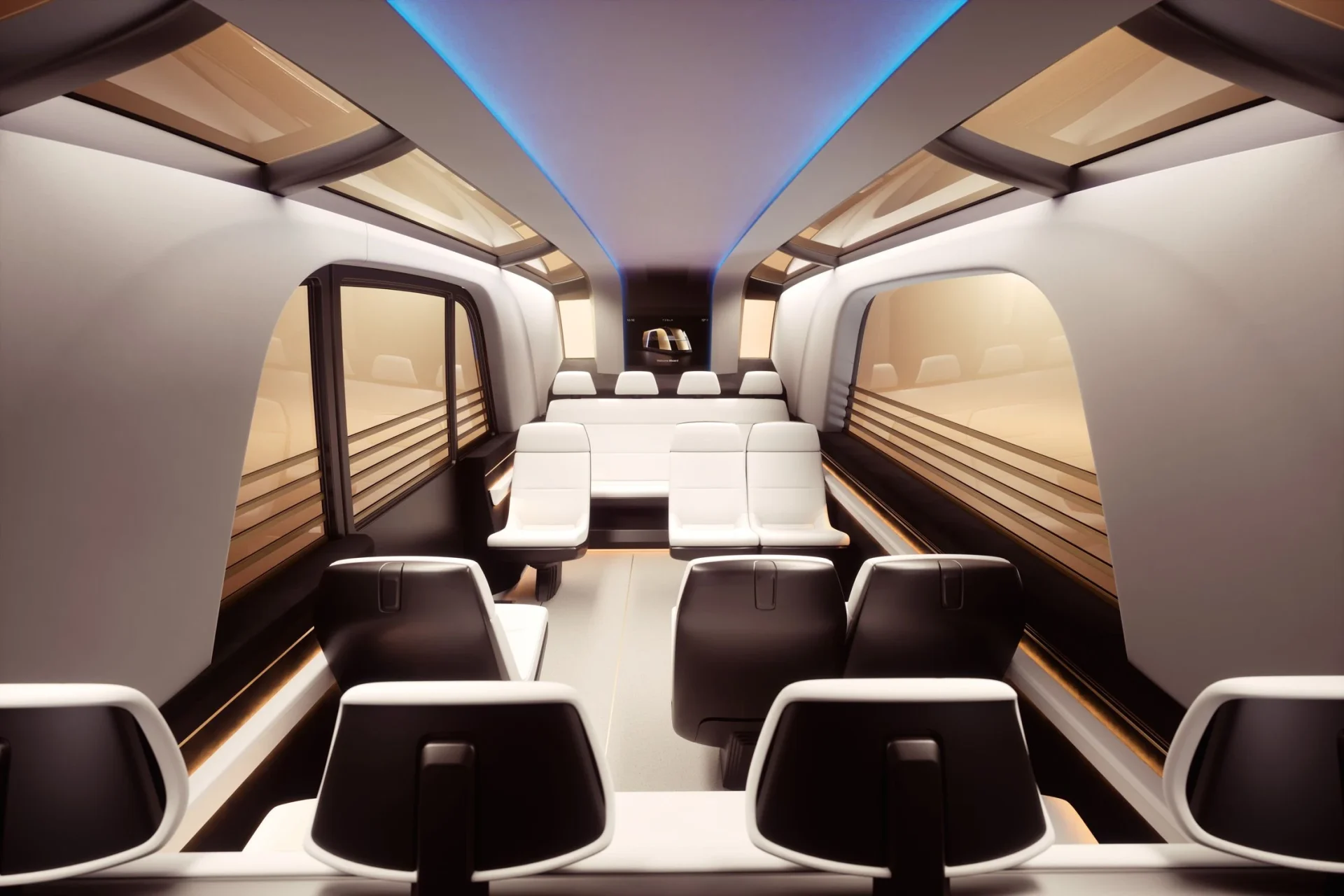
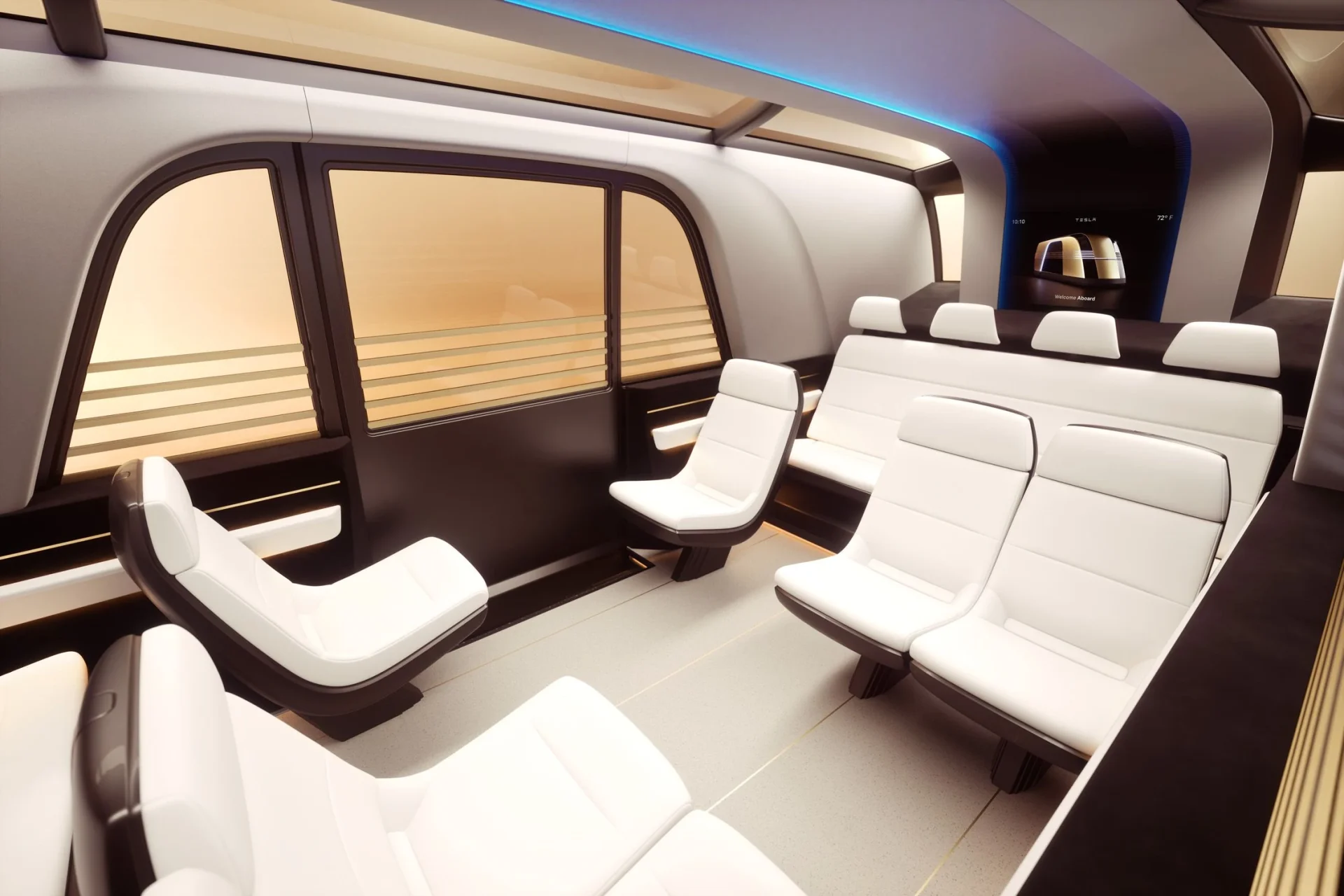
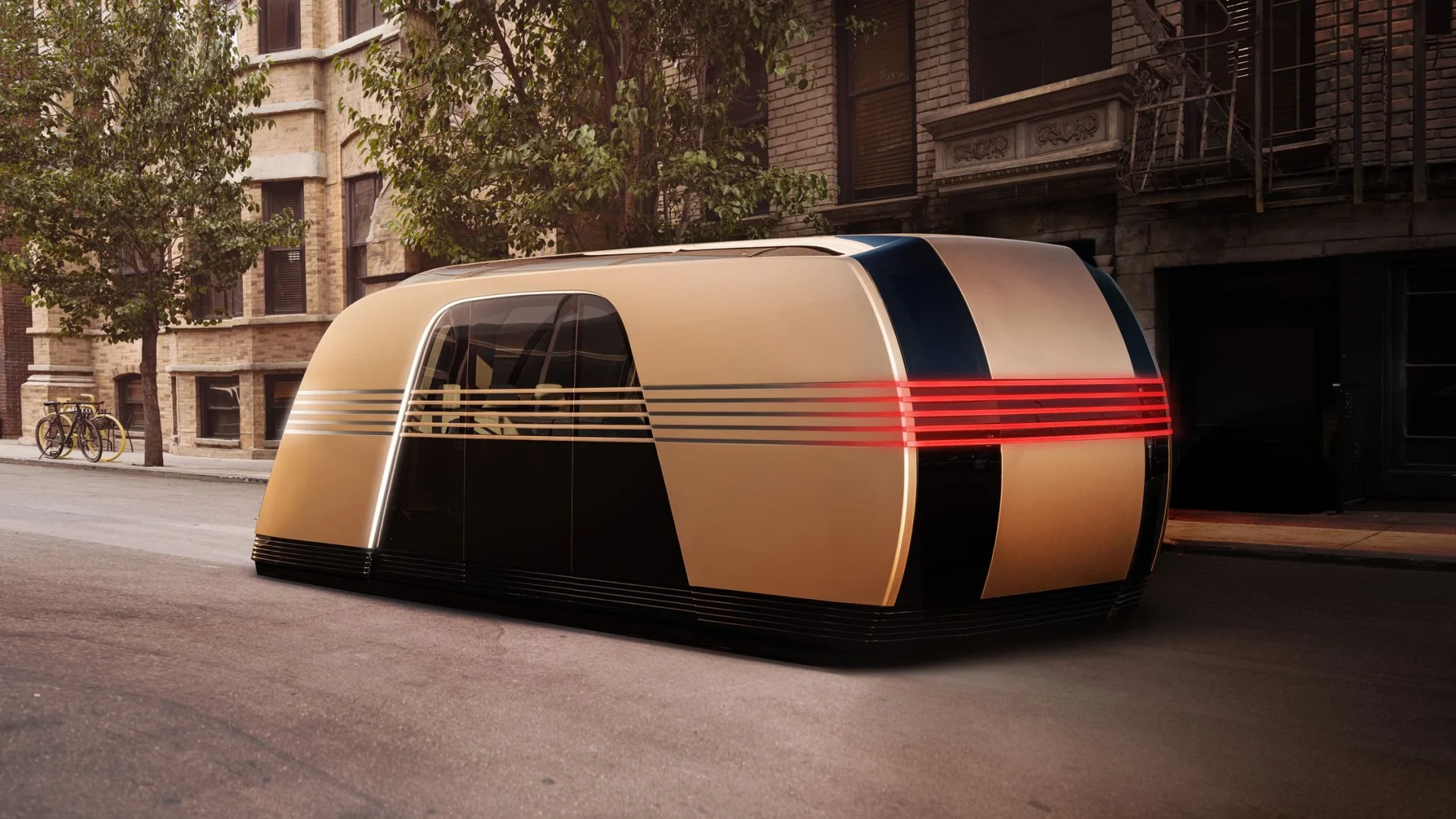
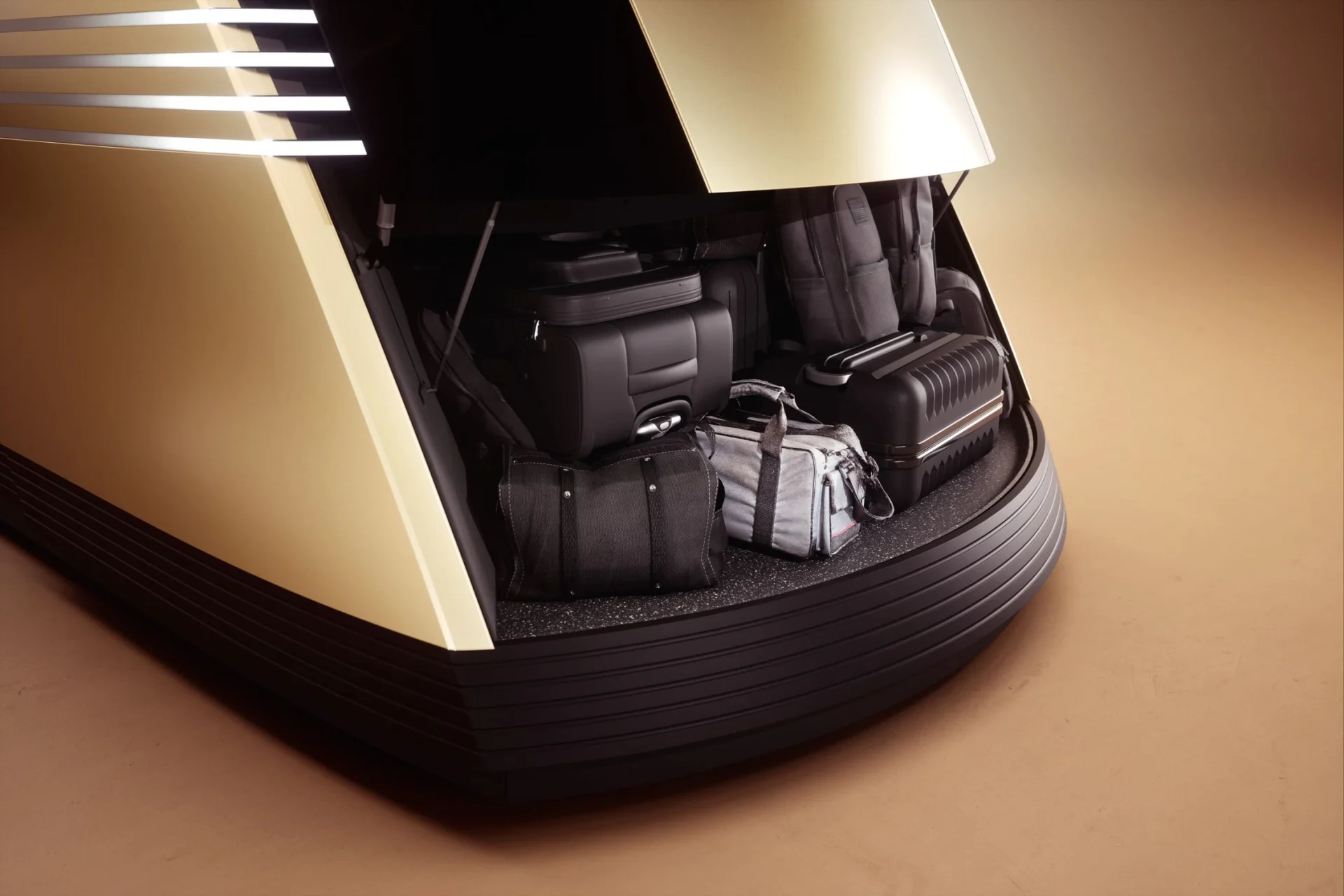
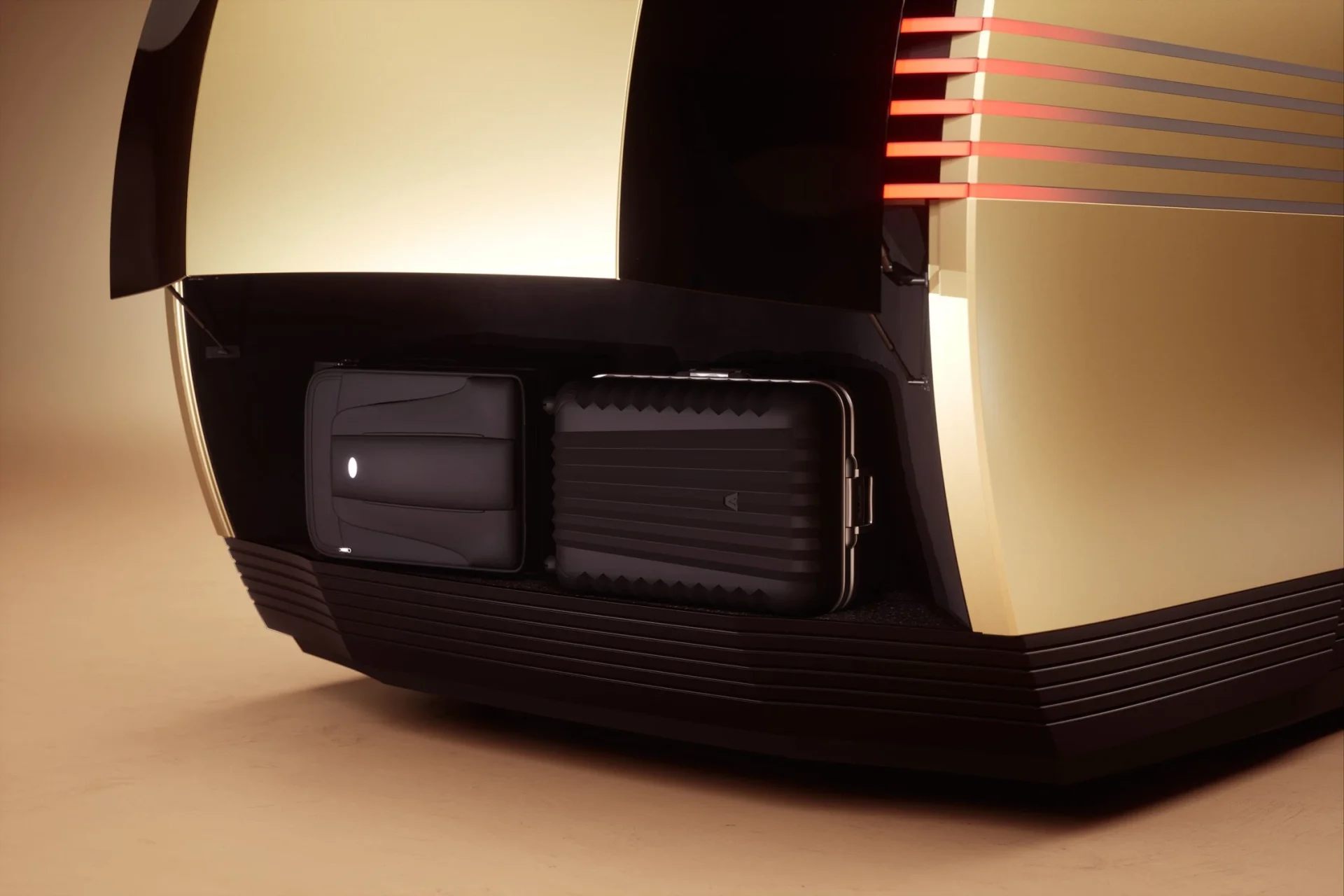
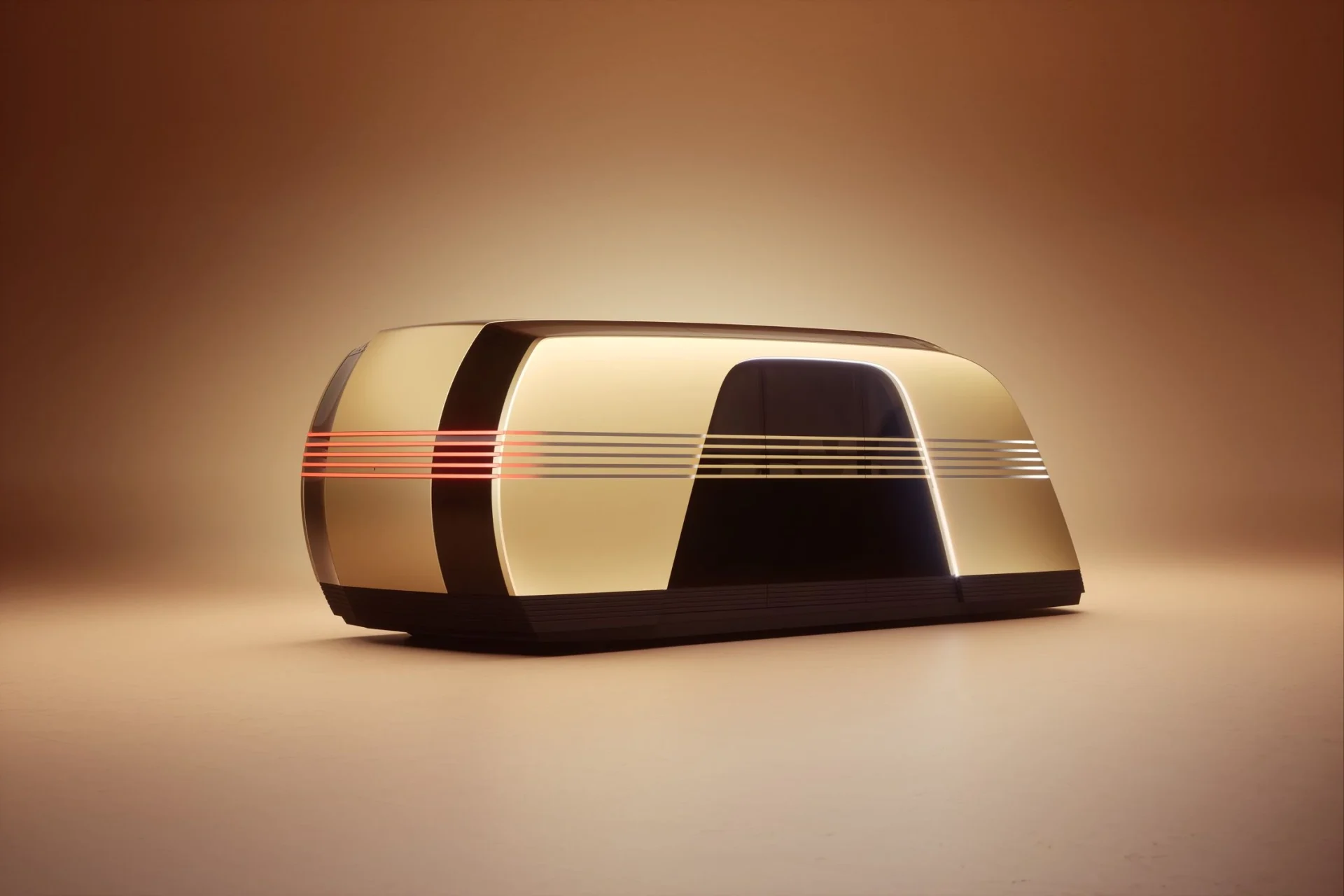
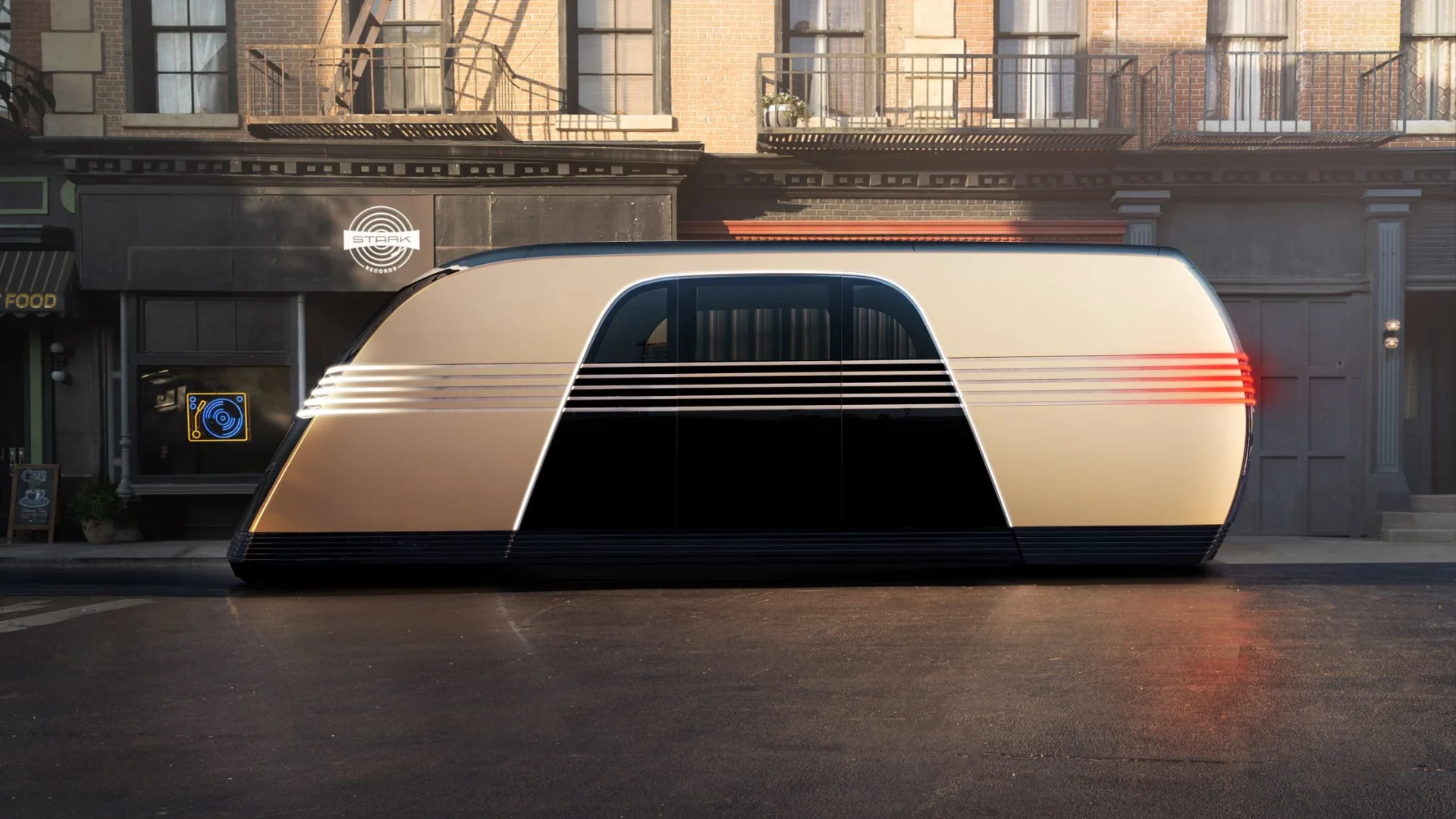
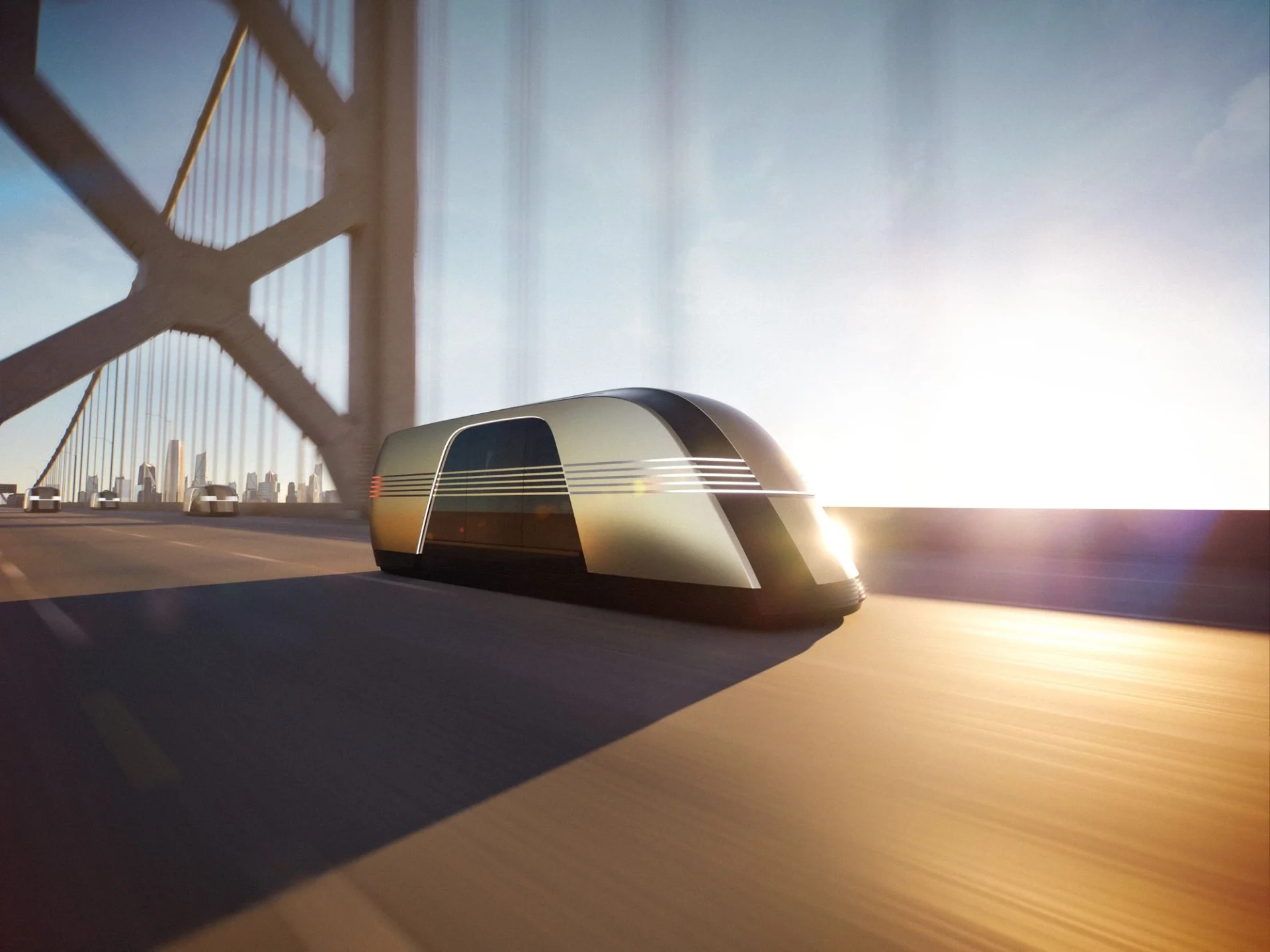
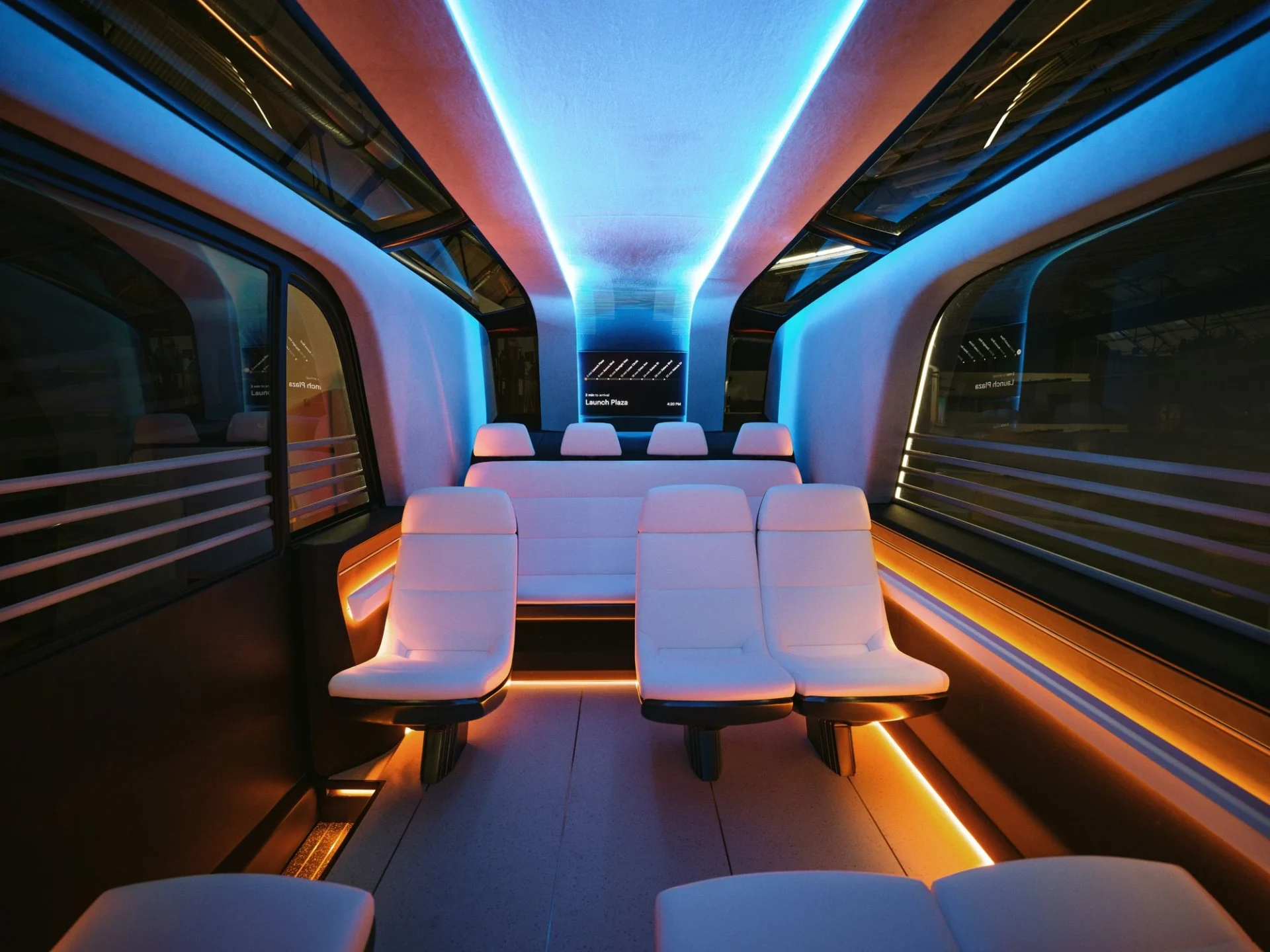
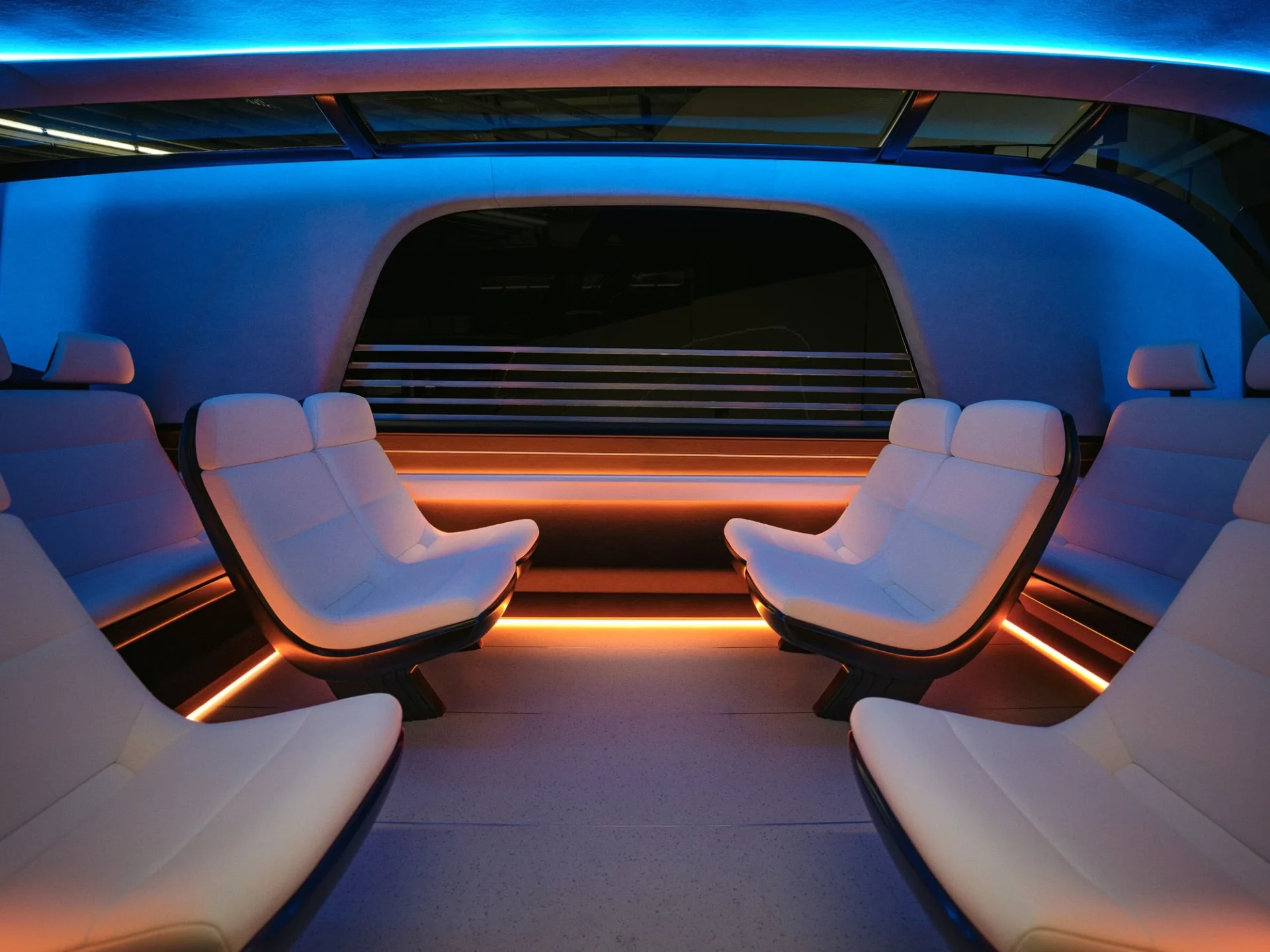
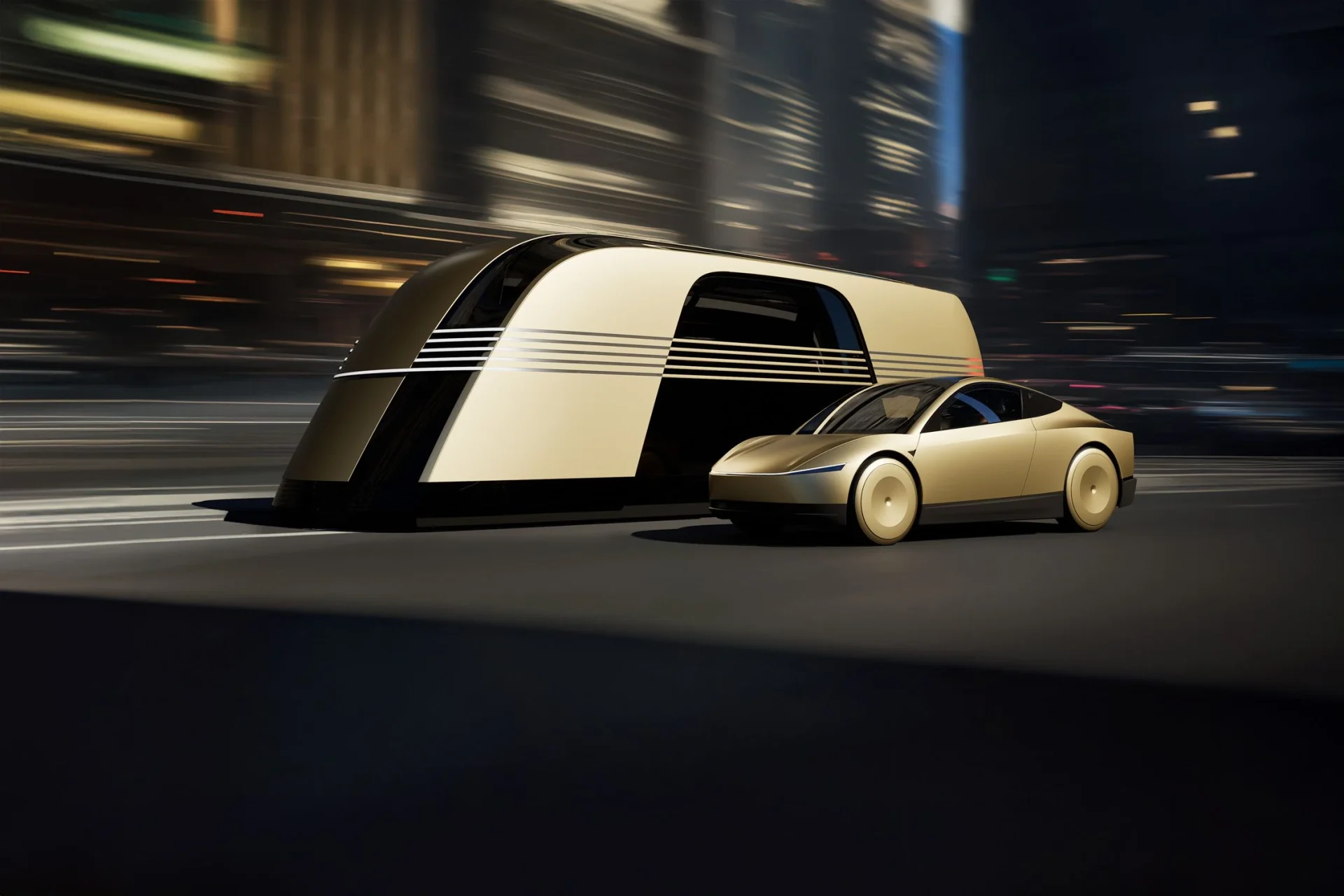
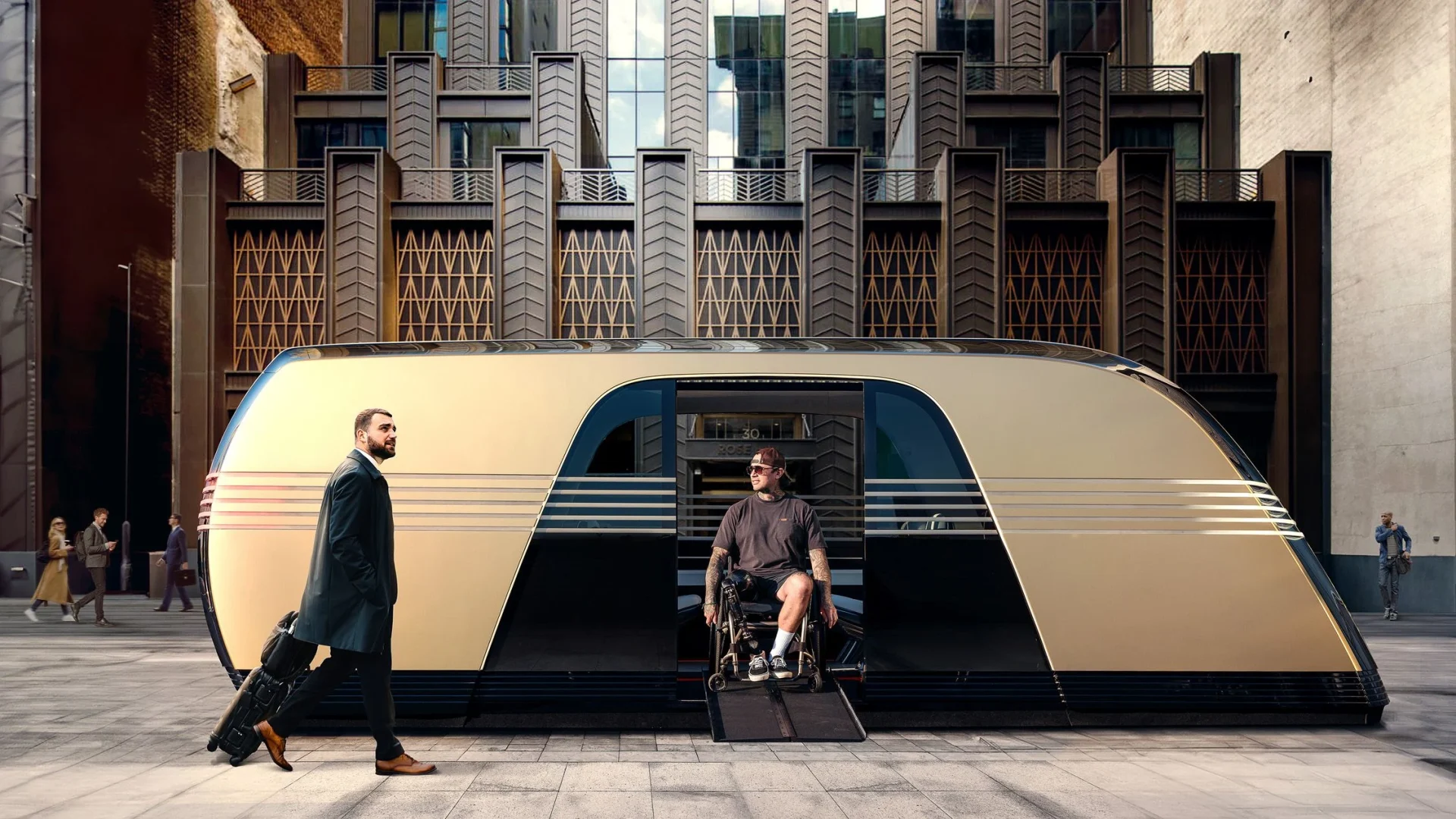
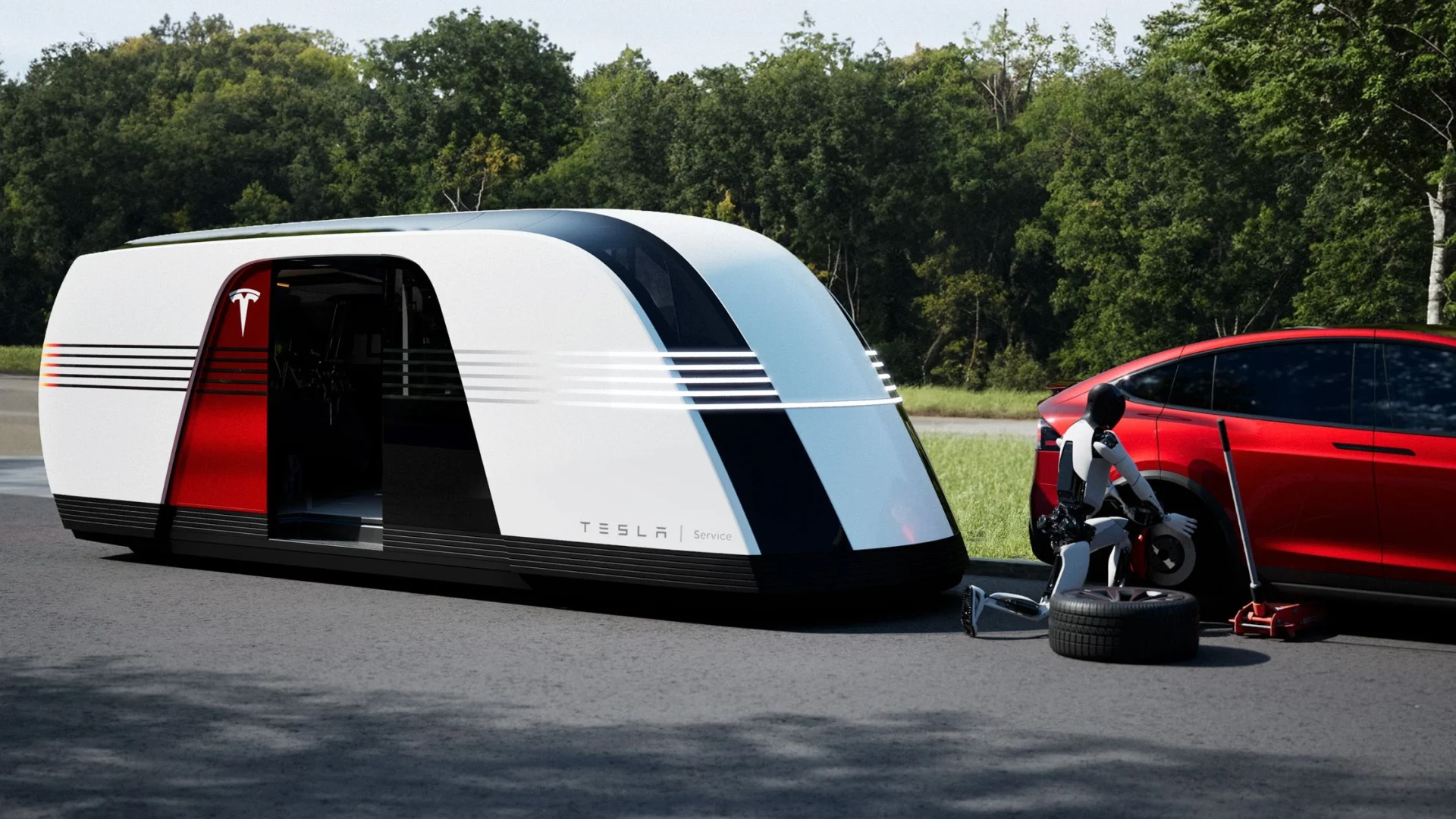
Author: Fabio Isidoro
Founder and editor-in-chief of Canal Carro, he dedicates himself to exploring the automotive universe with depth and passion. A car and technology enthusiast, he produces technical content and in-depth analyses of national and international vehicles, combining quality information with a critical eye for the public.

